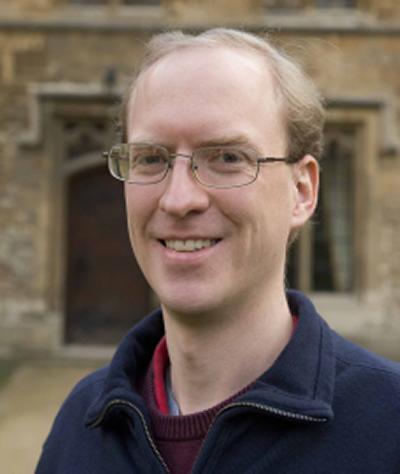Physicist’s ‘radically different’ approaches could uncover principles behind striking new materials

Pioneering research at the University of Southampton is setting aside traditional theoretical techniques to help explain some of the remarkable properties of modern materials such as graphene.
Dr Andy O’Bannon , from the School of Physics and Astronomy, has been awarded a Royal Society University Research Fellowship to continue exploring two alternative approaches in the study of mysterious universal transport properties in strongly-interacting systems.
His project, titled Universality, Holography, and Boundary Conformal Field Theory, extends a five-year investigation within the Southampton Theory Astrophysics and Gravity (STAG) Research Centre .
“Over the past 30 years many materials have been discovered with amazing properties that could have potentially revolutionary applications,” Andy explains. “However, in many such materials the current-carrying electrons interact with each other very strongly. As a result, traditional theoretical techniques fail miserably to explain their amazing properties, or to predict news ones.
“My research is thus based on radically different ‘non-traditional’ techniques, called conformal field theory and holographic duality. These have no problem describing strong interactions. Although they can’t yet describe any real system, they provide theoretical `toy models' with the potential to uncover the principles at work in strongly-interacting systems. My goal is to use these techniques to uncover those principles, and hence to explain the amazing properties of strongly-interacting electrons.”
Andy’s research would expand scientific understanding of materials such as graphene, a semi-metal that could be the basis for a new generation of electronics, topological insulators, which are showing great potential for quantum computing, and high temperature super-conductors that could save vast quantities of energy per year.
Holography and Boundary Conformal Field Theory are two complementary techniques in the study of strongly-interacting systems. “In theoretical physics, holography is the statement that certain systems, namely gauge theories similar to Quantum Chromodynamics (QCD), are in fact equivalent, in a precise sense, to Einstein's theory of gravity in one higher spatial dimension,” Andy explains. “Via holography we can import techniques developed for relativity over the last century to compute observables in strongly-interacting systems.”
Andy is one of five Southampton scientists from the STAG Research Centre that have Royal Society University Research Fellowships for holography or closely related areas, such as string theory or black hole physics.
“The Royal Society's support has been truly incredible, and has allowed me to pursue far more ambitious, risky, and rewarding projects than I could have otherwise,” he adds. “We are fortunate that the UK is unique among nations in offering these types of fellowships. When combined with the existing staff in these areas, STAG is one of the largest research groups in these areas in the UK, so I'm not the only one who thinks these are promising directions. Many other people do too, and are working hard to turn the promise into reality.”
See also
here
.